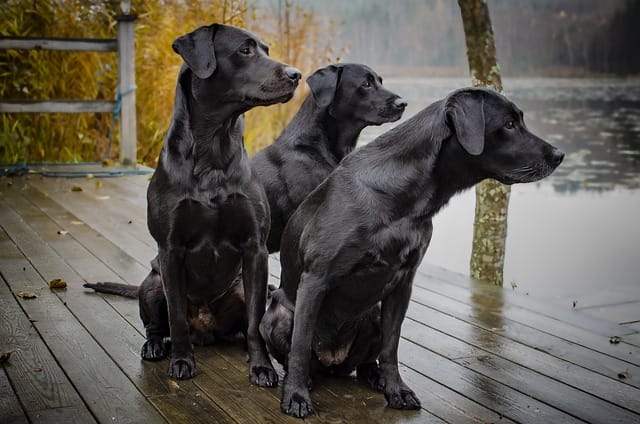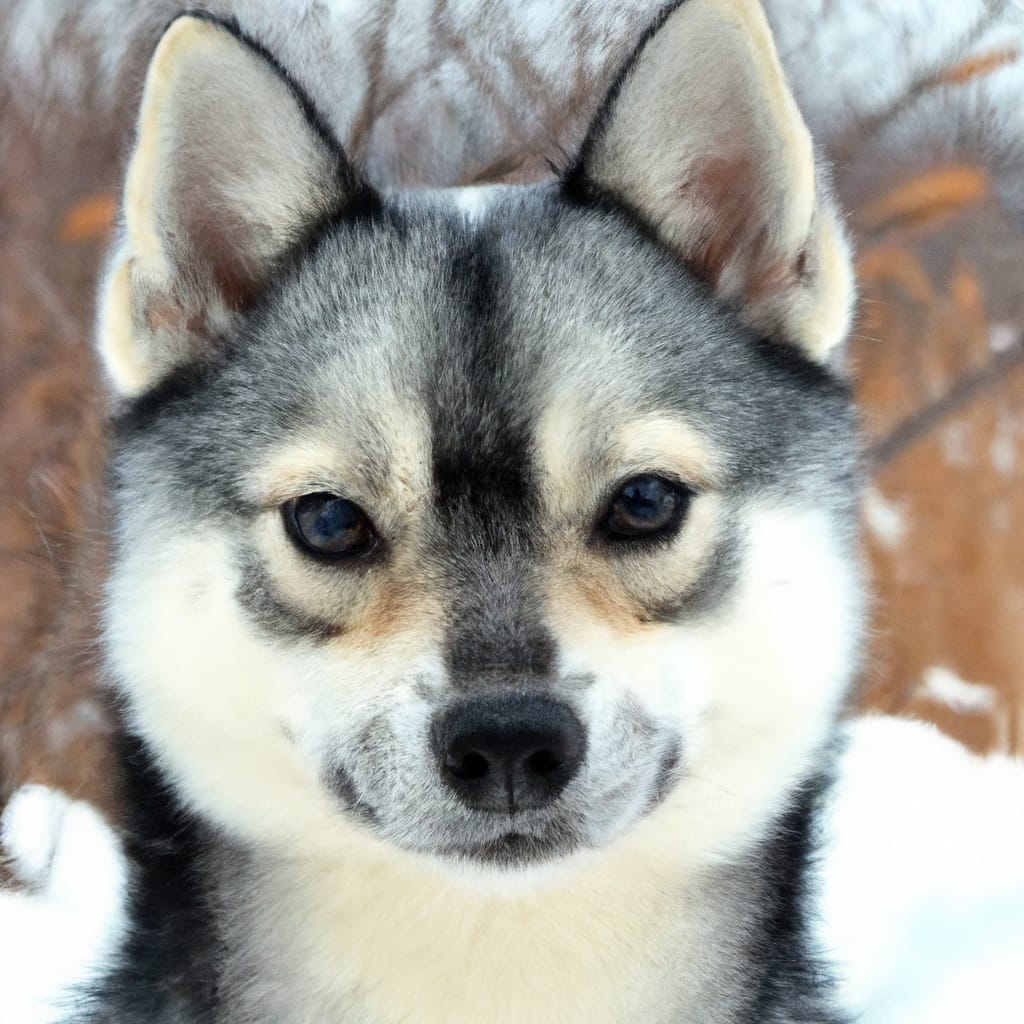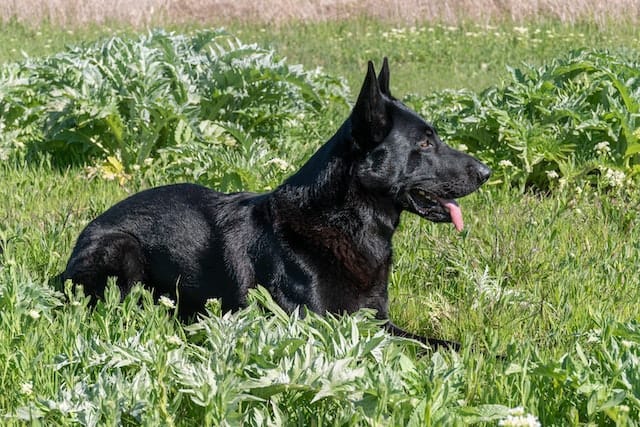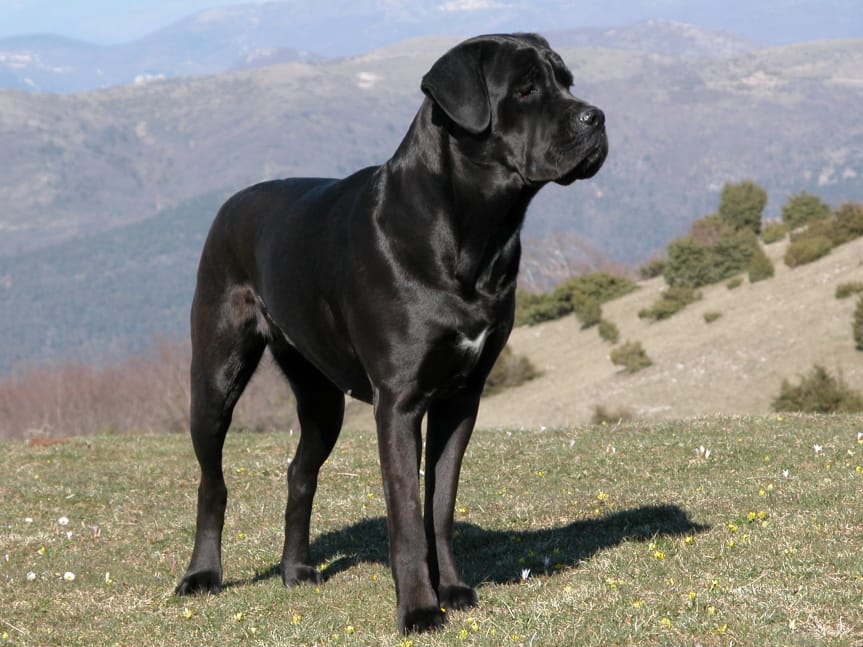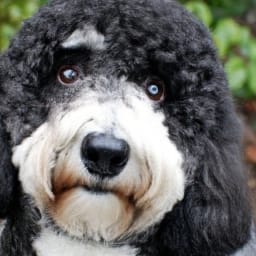Olde English Bulldog Shedding: Why Do Olde English Bulldogs Shed?
Olde English Bulldogs Shed? If you’ve ever owned an Olde English Bulldog, you might be well familiar with their adorable wrinkled face and affectionate nature. However, one aspect of owning this charming breed that may leave you scratching your head is their shedding. In this article, we will explore the reasons behind Olde English Bulldogs shedding and provide some helpful tips to manage this process effectively. So, buckle up and get ready to embark on a shedding journey with your furry companion!
Causes of Shedding
Genetics
One of the primary causes of shedding in Olde English Bulldogs is genetics. Different breeds of dogs have varying levels of shedding, and the Olde English Bulldog is no exception. Their ancestors, the English Bulldogs, are known for their heavy shedding tendencies. It is important to note that shedding patterns can be inherited, so if both the sire and dam have a high shedding rate, their offspring are more likely to shed excessively as well.
Seasonal Changes
Olde English Bulldogs, like many other dog breeds, experience seasonal shedding patterns. During the spring and fall, they undergo a process known as “blowing coat” or “moulting.” This natural shedding allows them to adapt to the changing weather conditions. The shedding during these seasons is typically more pronounced than at other times of the year.
Health Issues
Certain health issues can also contribute to excessive shedding in Olde English Bulldogs. Conditions such as allergies, dietary deficiencies, thyroid problems, and skin infections can all impact the quality of the dog’s coat and lead to increased shedding. If your Olde English Bulldog is experiencing excessive shedding along with other symptoms such as lethargy or skin irritation, it is important to seek veterinary assistance to determine if an underlying health issue is the cause.
Common Seasonal Shedding Patterns
Spring Shed
During the spring, Olde English Bulldogs will shed their thick winter coat to make way for a lighter coat for the warmer months ahead. This shedding is a natural process in which the old hair is pushed out to make room for new growth. The amount of shedding during this time can be quite substantial and may require extra grooming and cleaning to manage the loose hair.
Fall Shed
As winter approaches, Olde English Bulldogs shed their summer coat in preparation for the colder weather. Similar to the spring shedding, the fall shedding is a natural process that allows the dog to adapt to the changing climate. The shedding during this time may also be quite significant, and regular grooming can help minimize the amount of loose hair in your home.
Grooming Tips to Manage Shedding
Regular Brushing
Regular brushing is essential to manage shedding in Olde English Bulldogs. Brushing helps to remove loose hair, prevents matting, and stimulates the production of natural oils in the skin, which can contribute to a healthy coat. Using a grooming tool specifically designed for shedding dogs, such as a rubber curry brush or a grooming glove, can be highly effective in removing loose hair.
Bathing
Regular bathing can help reduce shedding in Olde English Bulldogs. When bathing your dog, use a high-quality shampoo that is specifically formulated for dogs with shedding issues. Be sure to rinse the coat thoroughly to remove any remaining shampoo residue, as this can irritate the skin and potentially cause further shedding. It is important not to over-bathe your dog, as this can strip the natural oils from their skin and lead to dryness and increased shedding.
Proper Nutrition
Providing your Olde English Bulldog with a balanced diet is crucial for maintaining a healthy coat and minimizing shedding. Opt for high-quality dog food that contains essential nutrients such as omega-3 fatty acids, vitamins, and minerals. These components play a vital role in promoting healthy skin and coat. Consult with your veterinarian to determine the best diet for your dog’s specific needs.
Supplements
In some cases, adding supplements to your Olde English Bulldog’s diet can help reduce shedding. Omega-3 fatty acid supplements, such as fish oil, are known for their positive effects on skin and coat health. They can help reduce inflammation, improve skin elasticity, and decrease shedding. However, it is important to consult with your veterinarian before introducing any supplements to ensure they are safe and appropriate for your dog.
Professional Grooming
Regular professional grooming can also help manage shedding in Olde English Bulldogs. Professional groomers have the expertise and tools to properly address shedding issues and ensure your dog’s coat is well-maintained. They can perform services such as de-shedding treatments, undercoat removal, and coat thinning, which can significantly reduce shedding and keep your dog’s coat healthy and manageable.
Tips for Reducing Allergens
Frequent Cleaning
To reduce allergens associated with shedding, it is important to maintain a clean environment. Vacuuming regularly, especially on carpets and upholstery, can help remove loose hair and minimize allergens in your home. Additionally, regularly washing your dog’s bedding and any blankets or furniture they frequently come into contact with can also help reduce allergens.
Air Purifiers
Using an air purifier in your home can help filter out allergens, including pet dander and hair, from the air. Choose an air purifier with a HEPA (high-efficiency particulate air) filter, as these are the most effective in capturing tiny particles. Place the air purifier in common areas where your Olde English Bulldog spends a significant amount of time, such as the living room or bedroom.
Pet-Free Zones
Creating designated pet-free zones can also help reduce allergens and limit your exposure to shedding. Consider keeping certain areas of your home, such as the bedroom or a study, off-limits to your dog. This can provide allergy sufferers with a retreat where they can find relief from allergens. Additionally, a high-quality air purifier in these pet-free zones can further enhance the air quality.

When to Seek Veterinary Assistance
Excessive Shedding
While shedding is a normal occurrence in Olde English Bulldogs, excessive shedding may be a sign of an underlying health issue. If you notice a significant increase in shedding or if your dog is shedding in patches rather than evenly, it is advisable to consult with a veterinarian. They can evaluate your dog’s overall health and determine if there is an underlying condition causing the excessive shedding.
Bald Spots
Bald spots or areas of thinning hair in your Olde English Bulldog’s coat should also be brought to the attention of a veterinarian. This could be indicative of a skin infection, hormonal imbalance, or other skin condition that requires medical treatment. Early intervention can help prevent further hair loss and discomfort for your dog.
Skin Irritation
If your Olde English Bulldog exhibits signs of skin irritation, such as redness, itching, or flaking, it is important to seek veterinary assistance. Skin irritations can be caused by allergies or skin infections, both of which may contribute to excessive shedding. A veterinarian can help identify the underlying cause of the irritation and recommend appropriate treatment.
Behavioral Changes
In some cases, excessive shedding in Olde English Bulldogs may be accompanied by behavioral changes. If you notice your dog becoming unusually lethargic, irritable, or anxious, it may be a sign that something is amiss. Behavioral changes, along with excessive shedding, can be indicative of a more serious health issue that requires veterinary attention.
Breeding Considerations
Selection for Low Shedding
If you are considering breeding Olde English Bulldogs, it is important to take shedding tendencies into account. By selectively breeding dogs with lower shedding rates, you can work towards producing offspring with reduced shedding. However, it is crucial to remember that genetics alone cannot guarantee low shedding, as other factors such as environment and health can also influence shedding patterns.
Avoiding Inbreeding
When breeding Olde English Bulldogs, it is advised to avoid inbreeding to minimize the risk of inherited health issues, including excessive shedding. Inbreeding can increase the likelihood of passing on genetic abnormalities and health conditions, which may include shedding tendencies. Opting for outcrossing or introducing unrelated bloodlines can help promote genetic diversity and reduce the likelihood of excessive shedding.

Conclusion
Understanding the causes of shedding in Olde English Bulldogs is essential for managing this common issue. Genetics, seasonal changes, and health issues can all contribute to shedding in these dogs. By implementing grooming tips such as regular brushing, proper nutrition, and professional grooming, you can effectively manage shedding. Additionally, reducing allergens through frequent cleaning, the use of air purifiers, and creating pet-free zones can help alleviate allergy symptoms. It is crucial to seek veterinary assistance for excessive shedding, bald spots, skin irritation, and behavioral changes to ensure your Olde English Bulldog’s overall health and well-being. With proper care and consideration, shedding can be managed, allowing your Olde English Bulldog to have a healthy and lustrous coat.








